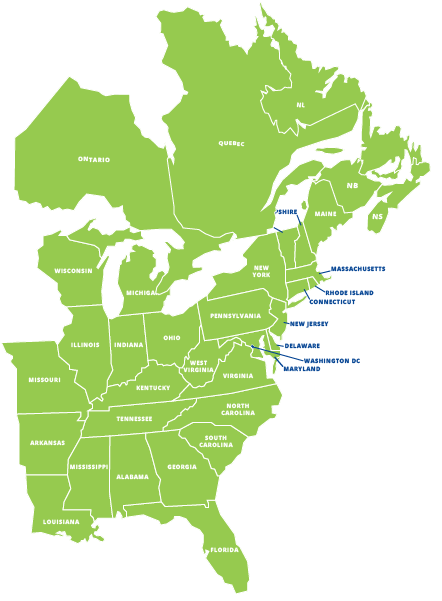Working at a shelter is a difficult line of work, and managing one is no picnic, either. It takes plenty of emotional resilience to work with animals who have survived abuse and neglect. Keep your mind focused on why you do what you do and look for ways to streamline your operations as much as possible, in addition to creating an enriching environment for the animals under your care.
1. Create an animal-friendly area for playing and socializing.
No matter how well-run your shelter is, the animals under your care will understandably be under a degree of stress. It’s important that they have a safe, animal-friendly area for playing and socializing. Since not all dogs will get along well together, you’ll need to set up a play room with dog room dividers to separate certain groups of dogs.
It may make sense, for instance, to separate the large dogs from the small ones.
Dog room dividers can be both stylish and practical. You can also use this handy equipment for other purposes, such as creating designated areas where potential adoptive families can interact with the pups to see which might be a good fit for their family.
2. Don’t neglect grooming.
All animal shelters can benefit from a bathing area, complete with a grooming table and dog bathing hose. Keeping your dog population well-groomed and adorable could help support higher adoption rates.
For instance, if you’ve got a pup who has been in your shelter for many months and hasn’t been getting much attention from potential adoptive families, a thorough groom could help. Look into forming partnerships with local dog groomers, who might be willing to volunteer their time and skills to help shelter dogs.
Another option is to offer to let grooming students/trainees practice their skills on your population.
3. Make good use of social media
Who doesn’t love seeing cute animal pics on social media? Encourage your staff members to maintain highly active social media accounts, particularly on visual-friendly platforms like Facebook and Instagram.
For better engagement, it’s helpful to accompany pics of adoptable animals with cute stories written from the point of view of the animal in need of a loving home.
4. Be proactive about emergency preparedness
Disaster preparedness is important for every shelter—not only those that are located in natural disaster-prone areas. If COVID taught us anything, it’s that undesirable circumstances can strike anywhere. From pandemics to structural fires and beyond, the potential for these adverse circumstances demands a proactive response plan.
After establishing emergency plans, be sure to conduct staff training sessions on them (and periodic review sessions).
5. Look for ways to reduce the need
All too often, pet parents must surrender their beloved animals to shelters when they cannot afford to take care of them. Consider looking for ways of reducing the need to surrender animals in order to keep your shelter population down and keep more animals with their rightful families.
One example is to start an animal food pantry at your shelter. Ask the public for donations stocking the pantry with pet food, treats, litter, and similar supplies that can be distributed to local pet parents who are having trouble affording to care for their pets.
Trust the animal equipment the pros use
Since 1983, animal medicine and care professionals have been relying on equipment from Direct Animal—the leader in high-quality dog kennels, grooming tables, condos, dog room dividers, and much more. With a focus on ergonomics and unmatched quality, our equipment can help you streamline your operations and focus on doing what you do best. Contact us today for a consultation.




